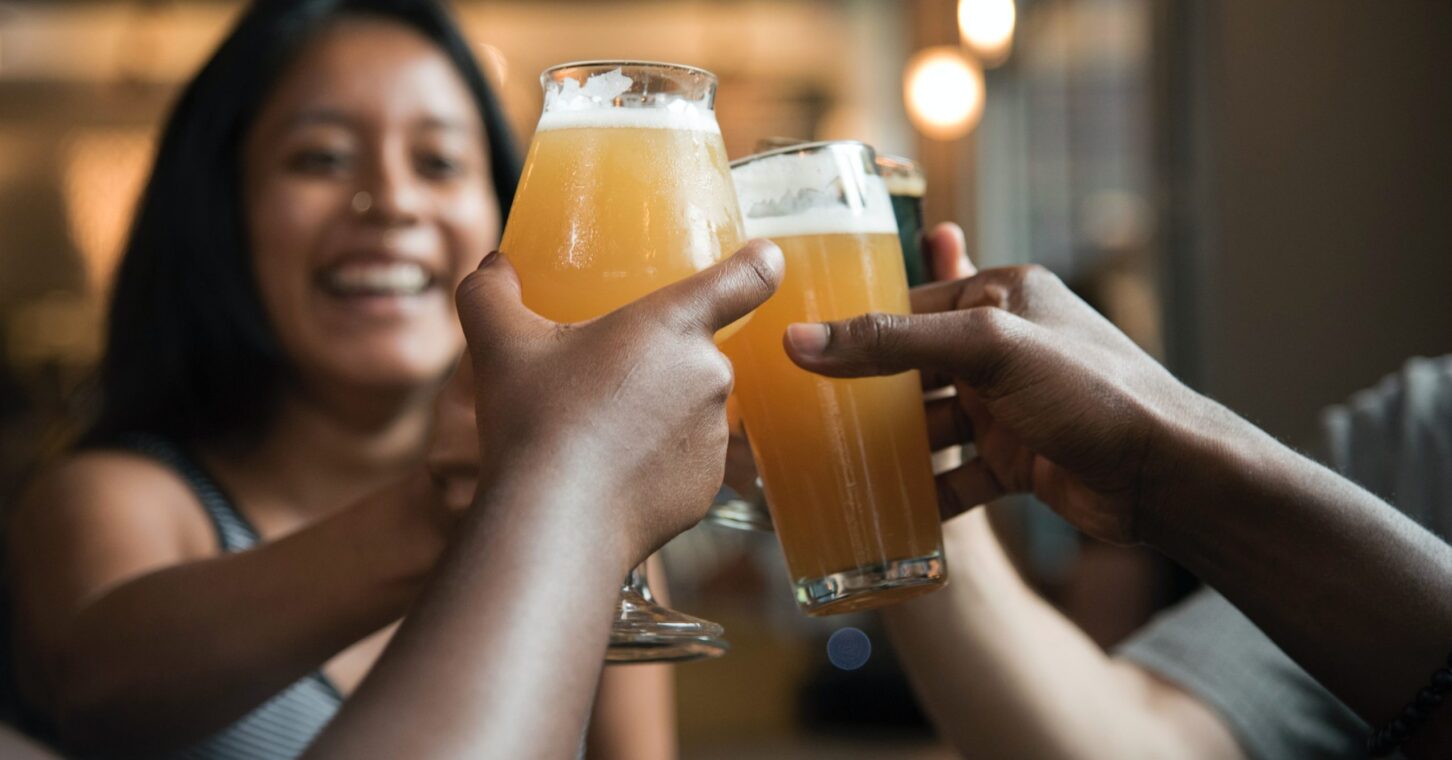
Humankind has made great strides in the last 90 years. We’ve eradicated polio, flown to the moon, and connected to the world wide web. Fads have come and gone (and come back again).
So the world is a very different place than it was in 1933. But, one thing remains too close to the same: the Prohibition-era laws that govern Georgia’s new craft beer industry.
That’s right. Whether you only drink traditional lagers or want a mango chili IPA, the rules about what brewers can sell have remained largely untouched for nearly nine decades.
That’s what Georgia Policy journalist Christopher Butler explored in his latest investigation, “Century-Old Beer Laws Brew Trouble for Georgia Craft Industry.” He spoke with brewers and policymakers alike who identify some of the most onerous laws affecting this booming industry, like ones governing the three-tier distribution system.
Craft brewing is not a particularly old industry. Anchor Brewing in California was founded in 1968 and is widely regarded as the first “craft” brewery in the country. Homebrewing has been federally legalized since 1978, and soon afterward talented entrepreneurs nationwide began opening small craft breweries in their neighborhoods.
But in Georgia, these booming small businesses are continually hamstrung by out-of-date regulations. The six-pack of beer on a package store shelf had to travel a very long distance to get there – even if it was brewed just down the street.
The three-tier distribution system consists of brewers, wholesalers and retailers. Each one represents a “tier” of the system, and no business can perform in two tiers at the same time. That means breweries can’t act as their own wholesaler or retailer, giving wholesalers immense power over both what brewers produce and which products end up at the store.
Prior to some recent deregulatory action, brewers weren’t allowed to sell any of what they produced on-site. That meant no pints of beer at the brewery with friends, and certainly no stopping by to pick up a fresh six-pack after work. That was the case until 2015, when former state Sen. Hunter Hill’s “Beer Jobs Bill” rolled back some of the most oppressive regulations. That deregulation continued in 2017, with brewers in Georgia now able to sell up to 3,000 barrels per year from their own taprooms.
Further deregulation has the potential to unlock an economic boom for brewing in Georgia. The modest reforms in the 2015 and 2017 bills grew the number of breweries in the state from 45 to more than 150 in just six years – that’s 150 opportunities for consumers to support local makers, buy local products and create local jobs right here in Georgia.
Remaining economically competitive is more important than ever for the state. Neighbors like North Carolina and Florida easily lap Georgia in terms of barrels of beer produced and breweries per capita. In terms of the economic impact of their brewery industries, North Carolina is the ninth-ranked state in the country, and Florida ranks fifth, according to the Brewers’ Association. Georgia is sitting at a comparatively paltry 15th.
Those states’ reputations as brewery-friendly vacation destinations are hurting brewers at home. As brewery owner and state Rep. Kasey Carpenter (R-Dalton) told us, his potential customers bypass his Dalton brewpub in favor of establishments in places like the craft beer haven of Asheville, N.C.
Even in relatively deregulated states, important laws for health and safety still govern the alcohol industry – certainly, nobody is advocating for preschoolers with Pilsners. But, regulations like the three-tier distribution system are outdated, and are restricting the growth of a homegrown craft industry in the state. There’s little benefit in regulations that only limit choices and raise prices.
You can read Christopher Butler’s entire investigation here.
So, let’s raise a glass of your favorite local brew to the hope of deregulation in the future, and for the Georgia craft industry’s perseverance in the face of 89-year-old challenges. Cheers to that!
